Posted on 7/29/2025
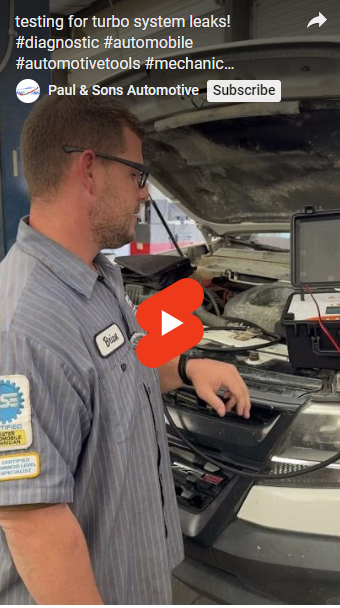
Smoke testing is a powerful diagnostic technique used in automotive repair, particularly effective in identifying leaks within turbocharged systems. In vehicles equipped with turbochargers, even the smallest leak in the intake, vacuum, or exhaust pathways can result in a significant drop in performance, turbo lag, overboost or underboost conditions, and poor fuel economy. This method involves introducing a dense, non-toxic smoke into the intake or vacuum system to visually trace the path of air and identify any unwanted escapes. When applied to turbocharged engines, smoke testing can reveal critical issues such as boost leaks at couplers, charge pipes, intercoolers, vacuum line cracks, or faulty gaskets. These leaks are often difficult to detect during normal operation because they may not cause immediate check engine lights or easily noticeable symptoms. By simulating engine operation without actual airflow or combustion, smoke testing allows technicians to pinpoint the location of a ... read more
Posted on 7/18/2025
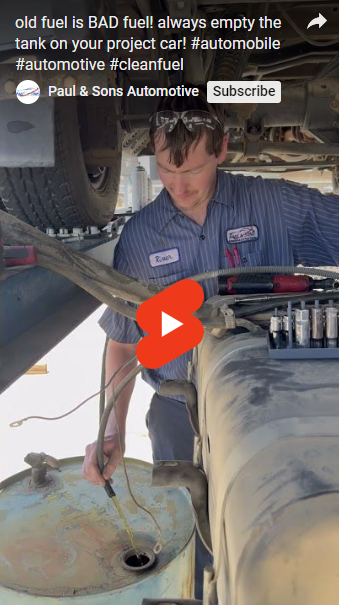
Fuel Degradation Gasoline begins to break down and lose its volatility after about 3–6 months (even faster with ethanol blends). Old fuel becomes gummy and sticky, which can: Clog fuel lines, filters, and injectors Make starting the engine difficult or impossible Reduce combustion efficiency 2. Water Contamination Over time, condensation can form inside a sitting fuel tank, especially if it's not full. This introduces water into the fuel system, which: Can cause rust inside the tank and lines Leads to poor engine performance May trigger corrosion in fuel system components 3. Sludge and Varnish Buildup Old fuel leaves behind residues that gum up critical components: Fuel pumps and injectors can seize or clog Carburetors (on older vehicles) may become unusable The fuel f ... read more
Posted on 4/1/2025
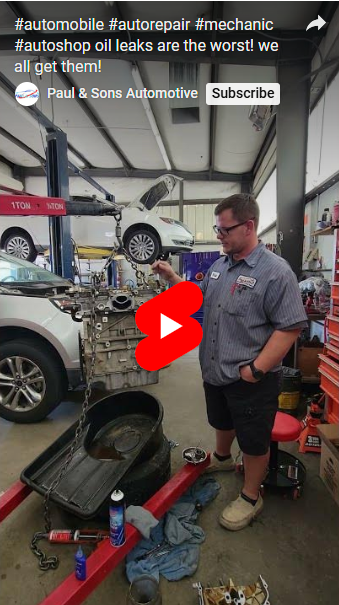
Engine oil leaks can lead to serious engine damage if not addressed promptly. They often result from worn seals, gaskets, or cracked components, causing oil to escape from the engine. It's essential to regularly check for signs of oil leakage, such as oil spots on the ground or low oil levels, to prevent costly repairs and maintain engine performance
Posted on 12/6/2024

Strut and shock replacement is necessary when they no longer perform their intended function of absorbing road shocks and stabilizing the vehicle. Here are some signs that indicate it's time to replace them: Bouncing or Excessive Movement: If the car continues to bounce or sway after going over a bump or uneven surface, the struts or shocks are likely worn out and need replacement. Uneven Tire Wear: Worn shocks or struts can cause uneven tire wear, particularly on the inner or outer edges, due to improper handling of road vibrations. Poor Handling or Steering: If the car feels unstable, drifts during turns, or has difficulty maintaining a straight path, it could be a sign of compromised suspension components. Leaking Fluid: Shocks and struts contain hydraulic fluid that can leak over time. If you notice fluid leakage around the strut or shock absorber, it's time for a replacement. Noises: Unusual noises such as clunking, knocking, or squeaking while driving can indicate wo ... read more
Posted on 8/22/2024

When you decline a vehicle repair, it often means that an underlying issue remains unresolved. Over time, this issue can worsen and lead to additional problems. Here’s why this happens: Progressive Damage: Some vehicle issues, like a failing transmission or worn-out brakes, can deteriorate over time if not addressed. This can lead to more severe damage and costly repairs. Compounding Problems: Unresolved issues can affect other parts of your vehicle. For instance, a small oil leak can lead to engine damage if not fixed. Increased Wear and Tear: Neglecting necessary repairs can lead to increased strain on other components, causing them to wear out faster. Safety Risks: Certain issues, such as brake or steering problems, can become more dangerous if left unaddressed, potentially compromising your safety. Addressing repairs promptly helps prevent these cascading effects and ensures your vehicle remains reliable ... read more
Posted on 8/16/2024
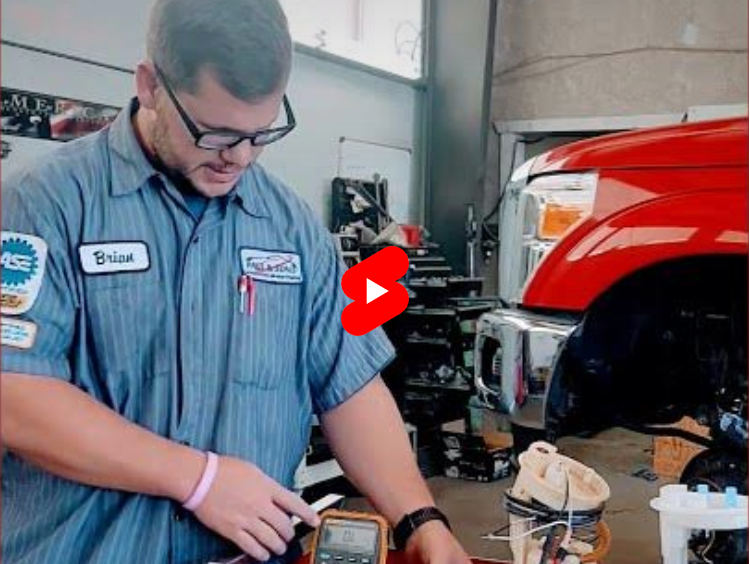
Faulty Fuel Sender Unit: This unit, located in the fuel tank, sends the fuel level information to the gauge. If it fails, the gauge may read incorrectly or not at all. Bad Fuel Gauge: The gauge itself might be malfunctioning or have an electrical issue. Wiring Issues: Damaged or loose wires between the fuel sender and the gauge can cause problems. Blown Fuse: A fuse related to the fuel gauge system might be blown. Grounding Issues: Poor grounding can disrupt the signal and affect gauge readings
Posted on 8/7/2024
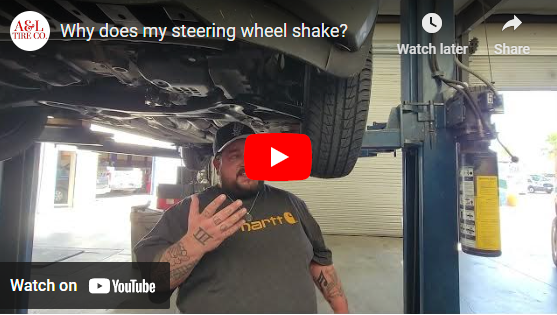
A separated tire, where the tread or internal components start to detach from the tire itself, can exhibit several noticeable symptoms: Vibration: You may experience unusual vibrations or a rough ride, particularly at higher speeds, due to the imbalance caused by the separation. Noise: There could be a pronounced thumping or flapping noise from the tire as it rotates, which can be caused by the detachment of the tread or internal layers. Visual Damage: Look for visible signs of separation, such as bulges, bubbles, or distorted areas on the tire's surface. Tread may appear uneven or peeling away from the sidewalls. Handling Issues: The vehicle might exhibit poor handling, pulling to one side, or unstable steering, as the tire's performance deteriorates. Increased Heat: The tire may overheat more quickly, leading to potential blowouts if the separation is severe. Loss of Pressure: You might notice a gradual loss of air pressure due to the separation affecting the tire&rsquo ... read more
Posted on 8/5/2024
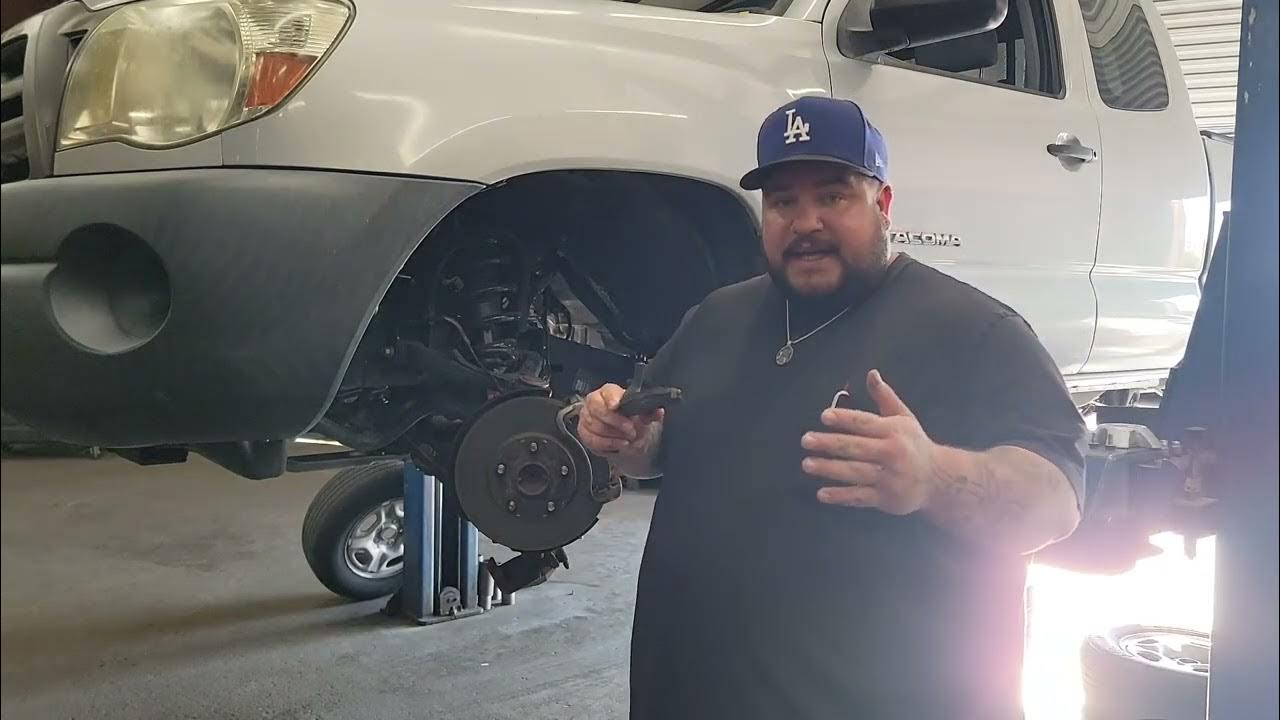
Brakes can squeak for several reasons: Dust and Debris: Dust or debris between the brake pads and rotor can cause squeaking. Cleaning the brakes can help. Wear and Tear: Worn-out brake pads or rotors can cause noise. If they’re too thin, they may need replacing. Glazed Pads or Rotors: Overheating can cause the brake pads or rotors to become glazed, leading to squeaking. Resurfacing or replacing these components might be necessary. Lack of Lubrication: The brake caliper slides or contact points might need lubrication. Brake Pad Material: Some brake pads, especially those with metallic or semi-metallic compounds, can be noisier. If the squeaking persists, it’s a good idea to have a professional inspect your brakes to ensure everything is functioning properly. #automobile #automotive #offroad #tireshop #brakepads #brakerepair #mechanic
Posted on 7/30/2024

There are several potential reasons why your battery might be dying quickly: Battery Health: Over time, batteries degrade and lose their ability to hold a charge. If your battery is old, it might need to be replaced. Background Apps: Some apps might be running in the background and consuming a lot of power. Check your battery usage settings to see if any apps are using an excessive amount of power. Screen Brightness: High screen brightness or prolonged use of the screen can drain the battery quickly. Reducing the brightness or enabling adaptive brightness might help. Connectivity Issues: Constantly searching for Wi-Fi, Bluetooth, or cellular signals can drain the battery. Turning off unused connections can improve battery life. Software Issues: Sometimes, software bugs or glitches can affect battery performance. Make sure your device’s software is up to date. Battery Calibration ... read more
Posted on 7/11/2024
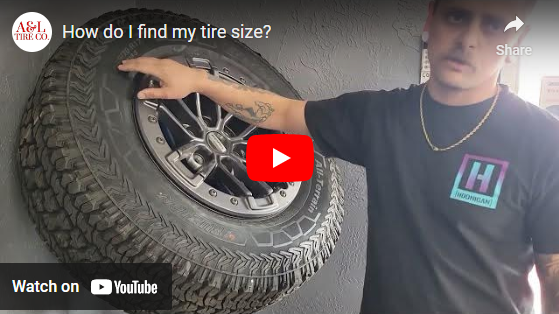
To find your tire size, you can typically locate it on the sidewall of your tire. Look for a series of numbers and letters that indicate the tire size and specifications. Here’s how to read it: Example Format: P215/65R15 95H P: This letter indicates the tire type. "P" stands for passenger vehicle tires. Other letters you might see include "LT" for light truck tires or no letter for Euro-metric tires. 215: This number is the tire width in millimeters, measured from sidewall to sidewall. 65: This number is the aspect ratio, which is the ratio of the tire's height to its width. It represents the sidewall height as a percentage of the tire's width. R: This letter indicates the construction type of the tire. "R" stands for radial construction, which is the most common type for modern tires. 15: This number is the diameter of the wheel rim in inches. ... read more